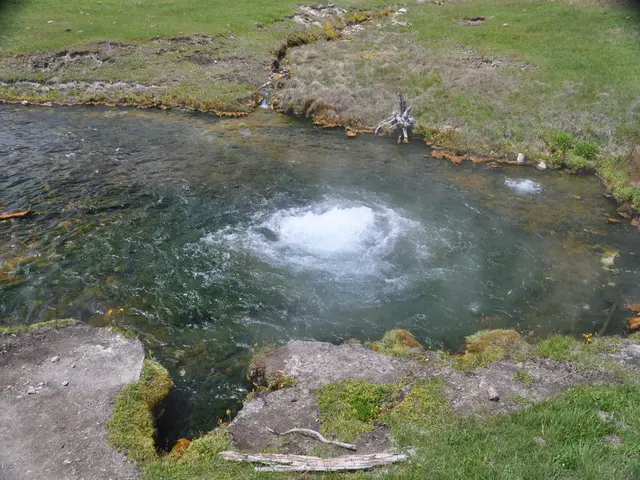Mexico's jaguar population has seen a 30% increase since 2010, but the species continues to be vulnerable and endangered.
In a promising development for wildlife conservation, Mexico's jaguar population has seen a significant increase over the past decade. According to the latest national census, the overall population has grown by 30% since 2010, with 5,326 individuals counted. This marks an 11% rise since the 2018 census.
The growth in the jaguar population is primarily attributed to the expansion of protected areas throughout Mexico. The National Alliance for Jaguar Conservation (ANCJ) in Mexico has been instrumental in this effort, designating at least 1.2 million hectares of new protected areas in addition to existing ones. As a result, jaguars now have a protected territory nearly the size of four Mexican states.
However, conservationists emphasize that the jaguar's road to recovery is far from complete. Wildlife trafficking and illegal hunting remain serious risks for these majestic creatures. Jaguars' skins, claws, skulls, and fangs are frequently sought after and traded on illicit marketplaces, including those facilitated by social media. The ANCJ has demanded more decisive action to protect jaguar corridors, which are vital for genetic diversity and preventing fragmented populations.
Habitat degradation due to urbanization and deforestation is still a significant threat to jaguars. To ensure the continued presence of the jaguar's cry in Mexico's forests and jungles, more funding, more stringent enforcement, and regional collaboration are necessary. The coalition is also calling on authorities to involve communities in conservation initiatives, as local support is crucial for long-term success.
Sarah Tancredi, an experienced journalist and news reporter specializing in environmental and climate crisis issues, has dedicated her career to informing the public and promoting sustainable solutions. She underscores the importance of providing incentives to the local population for the long-term survival of jaguars and their habitats.
The recent increase in the jaguar population is a hopeful sign, but it might take another 15 to 30 years of steady population expansion before the jaguar is taken off the endangered list. For now, the focus remains on maintaining and expanding protected areas, strengthening anti-poaching measures, and engaging local communities in conservation efforts.
The Yucatan Peninsula and South Pacific regions reported the largest populations of jaguars, with 1,699 and 1,541 individuals, respectively. Jaguars were tracked using motion-sensor cameras in 15 states across Mexico, providing valuable data for ongoing conservation efforts.
As we celebrate this progress, let's remember that the work is far from over. The future of Mexico's jaguars depends on our collective action and commitment to preserving these magnificent creatures and their habitats.
Read also:
- Peptide YY (PYY): Exploring its Role in Appetite Suppression, Intestinal Health, and Cognitive Links
- Toddler Health: Rotavirus Signs, Origins, and Potential Complications
- Digestive issues and heart discomfort: Root causes and associated health conditions
- House Infernos: Deadly Hazards Surpassing the Flames








